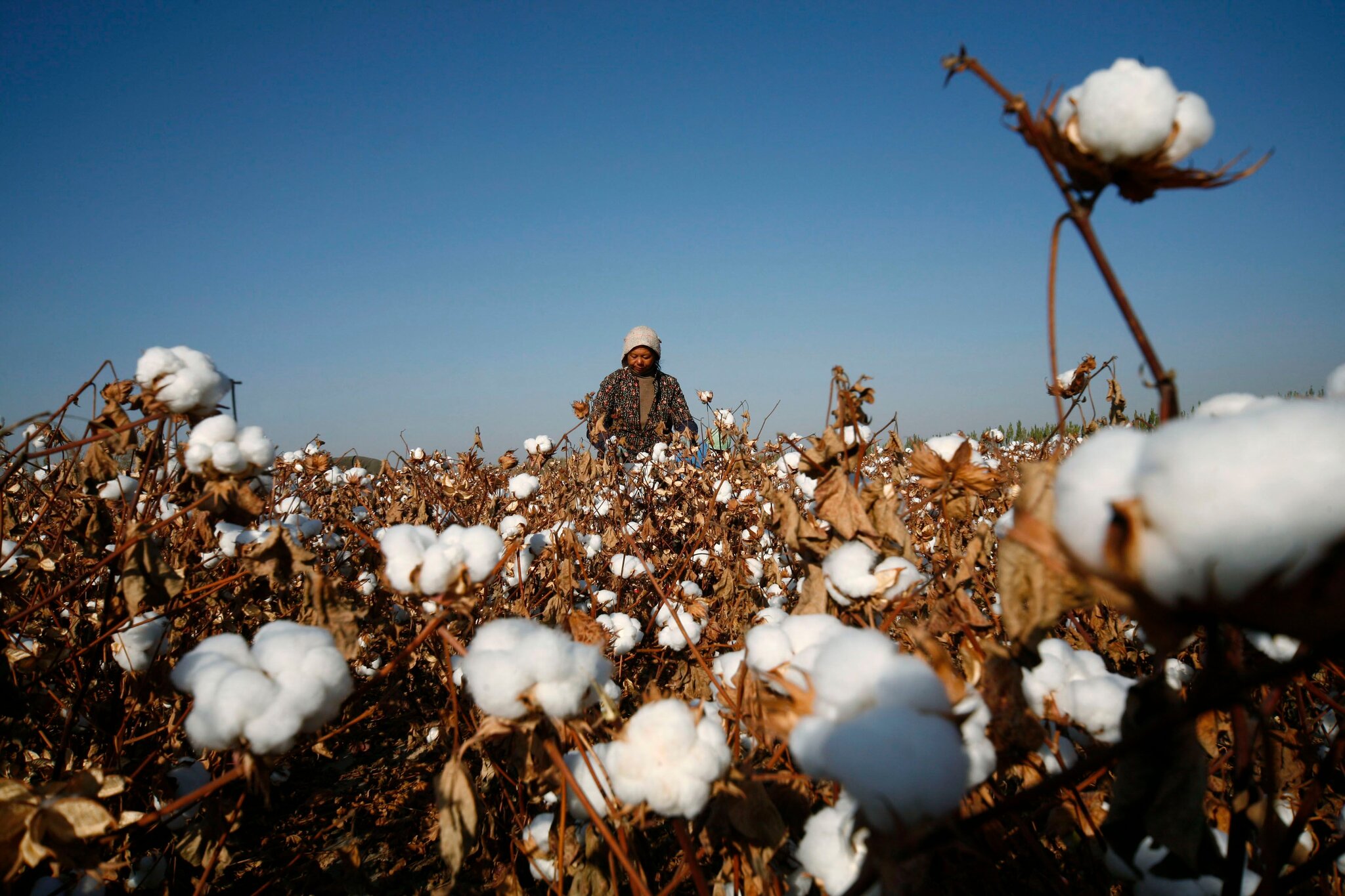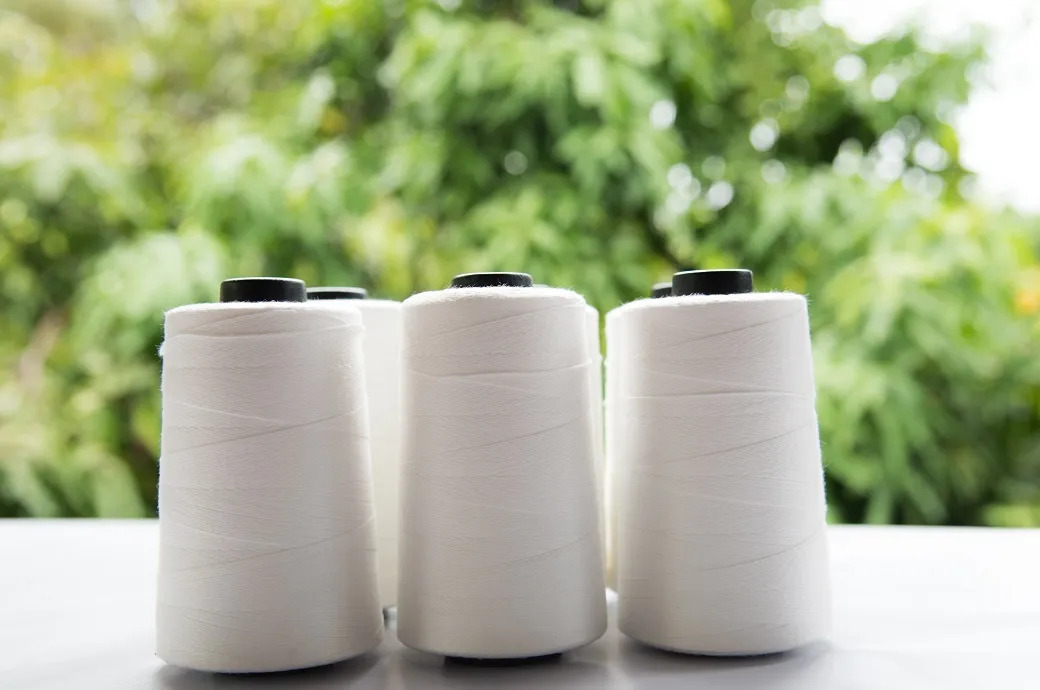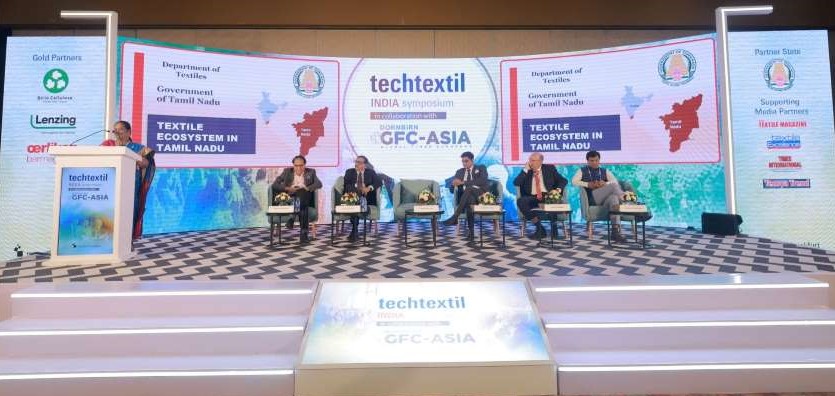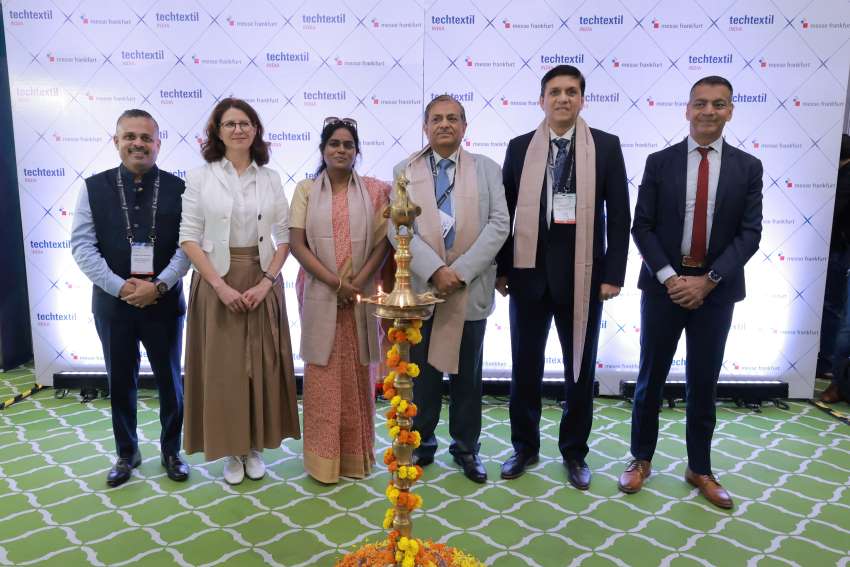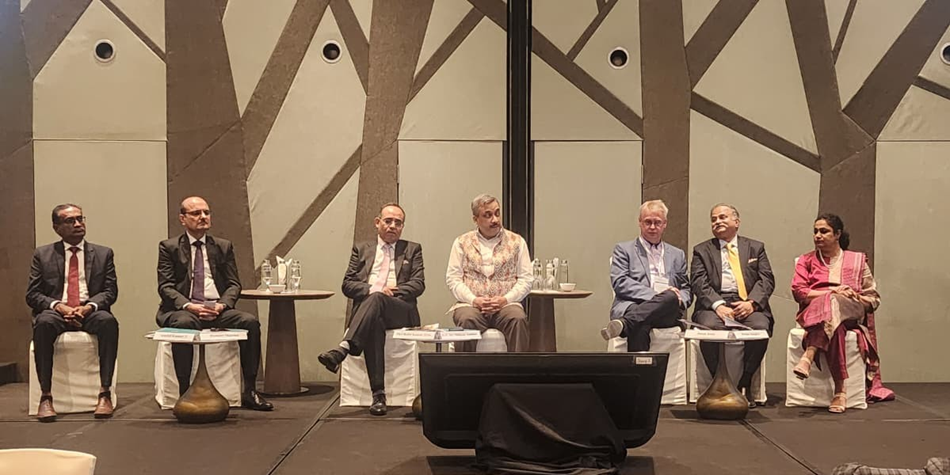India's downstream apparel sector has received a critical boost to its global competitiveness following the government's revocation of Quality Control Orders (QCOs) on intermediate man-made fibres (MMF) like polyester and viscose yarn. This regulatory rollback, analyzed by Crisil Ratings, is strategically timed to mitigate the severe impact of a 50% US tariff on Indian textile exports, which contributed to a 12.91% cumulative decline in overall textile and apparel exports in October.
The QCOs had previously inflated raw material costs by 10-30% above global rates, eroding the cost efficiency of the 'Readymade Garment' segment—which contributes 25–30% of its revenue from exports. By restoring seamless access to internationally competitive MMF inputs, Indian manufacturers gain essential cost leverage. This move directly addresses the cost disadvantage relative to major rivals; for instance, the World Bank notes that Vietnam and Bangladesh, which impose no such QCOs, have surpassed India in low-cost manufacturing, with global apparel market shares of 5.9% and 5.1% respectively, compared to India's 3.5% (2022 data).
Diversification and Value-Added exports
Industry leaders are using this cost reduction to accelerate the national goal of achieving $100 billion in textile exports by 2030, pivoting toward high-growth, value-added products. A key growth strategy involves doubling down on technical textiles (e.g., functional sportswear, industrial fabrics) and prioritizing markets with favorable trade agreements, such as the EU and UK, which offer significant demand potential. Historically, a dominant player like Arvind Limited has exemplified this pivot, moving from basic fabrics to integrated, high-tech textiles and branded apparel, demonstrating the necessary model shift. This renewed cost efficiency allows firms to invest in technology and faster design cycles, crucial elements needed to overcome the structural issues of small-scale operations that currently impede India's broader global market penetration.

